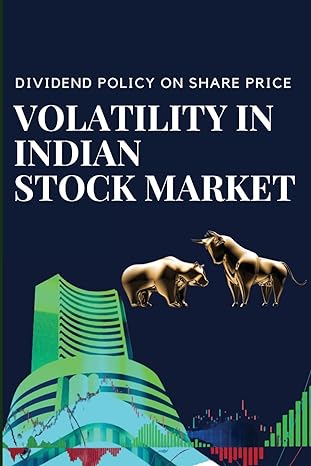Question
The following table lists prices of Amazon options in January 2018 when Amazon stock was selling for $1,300. Expiration Date Exercise Price Call Price Put
The following table lists prices of Amazon options in January 2018 when Amazon stock was selling for $1,300.
| Expiration Date | Exercise Price | Call Price | Put Price | ||||||
| April 2018 | $ | 1,200 | $ | 132.70 | $ | 31.10 | |||
| 1,300 | 73.20 | 70.10 | |||||||
| 1,400 | 33.00 | 134.20 | |||||||
| July 2018 | $ | 1,200 | $ | 161.70 | $ | 53.55 | |||
| 1,300 | 104.00 | 96.00 | |||||||
| 1,400 | 62.55 | 156.05 | |||||||
| January 2019 | $ | 1,200 | $ | 210.00 | $ | 88.05 | |||
| 1,300 | 155.35 | 133.25 | |||||||
| 1,400 | 112.00 | 190.00 | |||||||
Suppose that by January 2019, the price of Amazon could either rise from its January 2018 level to $1,300 1.28 = $1,664.00 or fall to $1,300/1.28 = $1,015.63.
a. What would be your percentage return on a January expiration call option with an exercise price of $1,300 if the stock price rose? (Round your answer to 2 decimal places.)
b. What would be your percentage return if the stock price fell? (Negative value should be indicated by a minus sign.)
c. Which is riskier: the stock or the option?
Step by Step Solution
There are 3 Steps involved in it
Step: 1

Get Instant Access to Expert-Tailored Solutions
See step-by-step solutions with expert insights and AI powered tools for academic success
Step: 2

Step: 3

Ace Your Homework with AI
Get the answers you need in no time with our AI-driven, step-by-step assistance
Get Started


